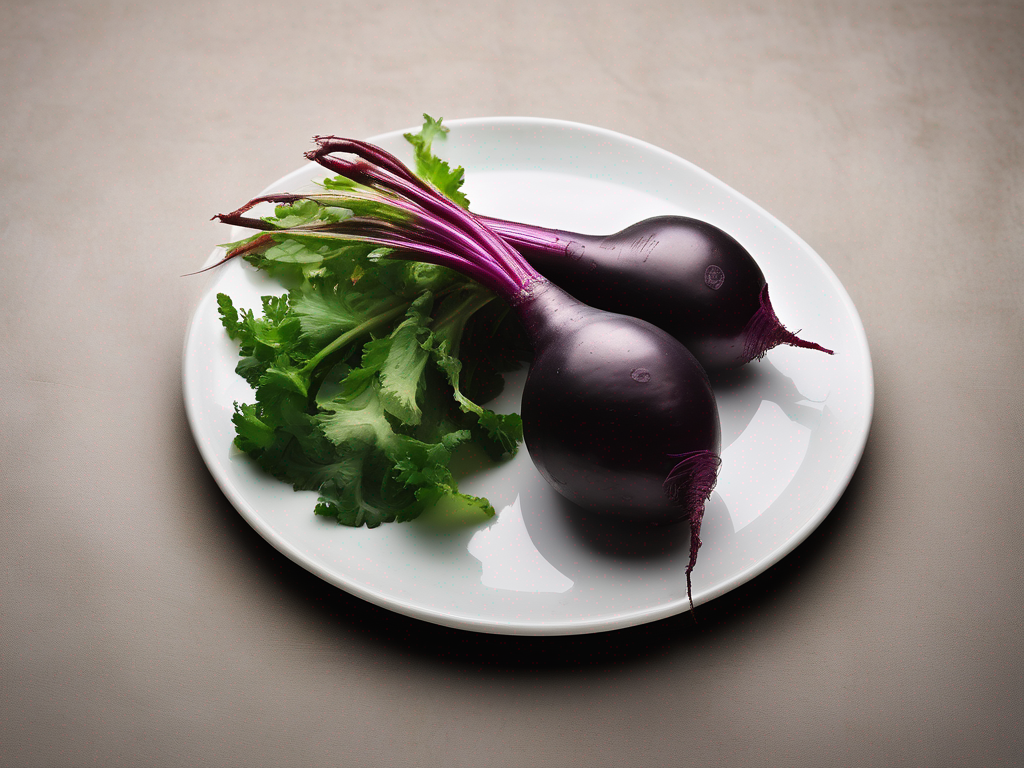
How to Store Black Radish to Prevent Wilting and Mold Growth
Get Your Free Food Safety Cheat Sheet
30 most common foods with instant answers. Print it and stick it on your fridge—completely free!
How to Store Black Radish to Prevent Wilting and Mold Growth
Black radish, a nutrient-rich root vegetable, is a popular ingredient in many culinary dishes. Its robust flavor and crisp texture make it a versatile addition to salads, soups, and stir-fries. To fully enjoy the benefits of black radish, proper storage is essential to prevent wilting and mold growth. In this guide, we will explore effective methods to store black radish to maintain its freshness and flavor. (Black radish)
Understanding Black Radish Storage
Before delving into storage techniques, it's important to understand the factors that contribute to the deterioration of black radish. Proper storage aims to address these key issues:
-
Moisture Content: Black radish contains a high water content, making it prone to wilting if exposed to excessive moisture or humidity.
-
Temperature Sensitivity: Black radish is sensitive to temperature fluctuations. Extreme cold or heat can accelerate spoilage.
-
Ethylene Sensitivity: Black radish is sensitive to ethylene gas, a natural plant hormone that promotes ripening. Exposure to ethylene-producing fruits can lead to premature deterioration.
Best Practices for Storing Black Radish
1. Choosing Fresh Black Radish
- Select black radishes that are firm, with smooth skin and vibrant color.
- Avoid any signs of bruising, soft spots, or mold growth.
2. Prepping Black Radish for Storage
- Wash the black radish thoroughly under running water to remove any dirt or debris.
- Pat dry with a clean kitchen towel to remove excess moisture.
3. Storage Options
A. Refrigerator Storage
- Place unwashed black radish in a perforated plastic bag to allow for air circulation.
- Store in the vegetable crisper drawer of the refrigerator.
- Ensure the temperature is around 32-40°F (0-4°C) to maintain freshness.
B. Root Cellar Storage
- If available, store black radish in a root cellar or a cool, dark place with adequate ventilation.
- Ensure the storage area maintains a consistent temperature between 32-40°F (0-4°C).
4. Avoiding Ethylene Exposure
- Store black radish away from ethylene-producing fruits such as apples, bananas, and tomatoes.
- Ethylene can accelerate the ripening and decay of black radish.
5. Monitoring and Rotation
- Regularly check the condition of stored black radish for any signs of wilting, mold, or spoilage.
- Use older black radishes first to prevent wastage and maintain freshness.
Safety Tips for Storing Black Radish
- Always wash hands before handling black radish to prevent contamination.
- Use clean cutting boards and knives when prepping black radish.
- Store black radish away from raw meat, poultry, and seafood to prevent cross-contamination.
Conclusion
Proper storage is crucial in preserving the quality and shelf life of black radish. By following the guidelines outlined in this article, you can ensure that your black radish remains fresh, crisp, and flavorful for an extended period. Remember to monitor storage conditions regularly and make adjustments as needed to prevent wilting and mold growth. Enjoy the delicious taste and nutritional benefits of black radish in your favorite dishes by storing it correctly. [Learn more about black radish here](/food/black radish). (Black radish)
Related Posts
Here are some other articles you might find helpful:
Authoritative Food Safety References
These agencies and university labs inform every tip and health precaution we publish.
USDA FoodKeeper – Cold Storage Guidelines
Official refrigerator, freezer, and pantry timelines maintained by the U.S. Department of Agriculture.
Visit USDA FoodKeeperFDA Produce Safety Rule & Grower Guidance
Field-to-fridge handling practices that prevent contamination of fruits, vegetables, and leafy greens.
Visit FDA Produce SafetyCDC Foodborne Illness Prevention Hub
Surveillance-backed guidance on pathogens, symptoms, and steps to reduce foodborne illness risk.
Visit CDC Food SafetyUC Davis Postharvest Technology Center
University research detailing optimal storage atmospheres for produce after harvest.
Visit UC Davis PostharvestPenn State Extension – Home Food Preservation & Safety
Peer-reviewed extension bulletins on safe canning, chilling, and reheating practices.
Visit Penn State ExtensionGet Your Free Food Safety Cheat Sheet
30 most common foods with instant answers. Print it and stick it on your fridge—completely free! Want more? Upgrade to the complete guide with 70+ foods.
Scan your food directly and get instant safety info using our AI-powered camera feature.